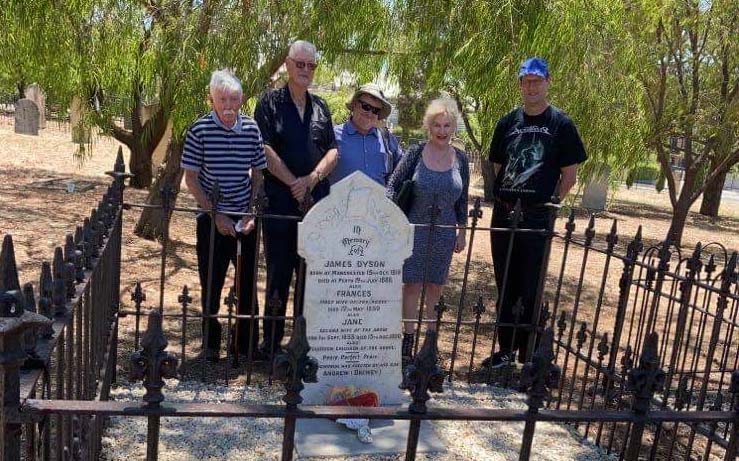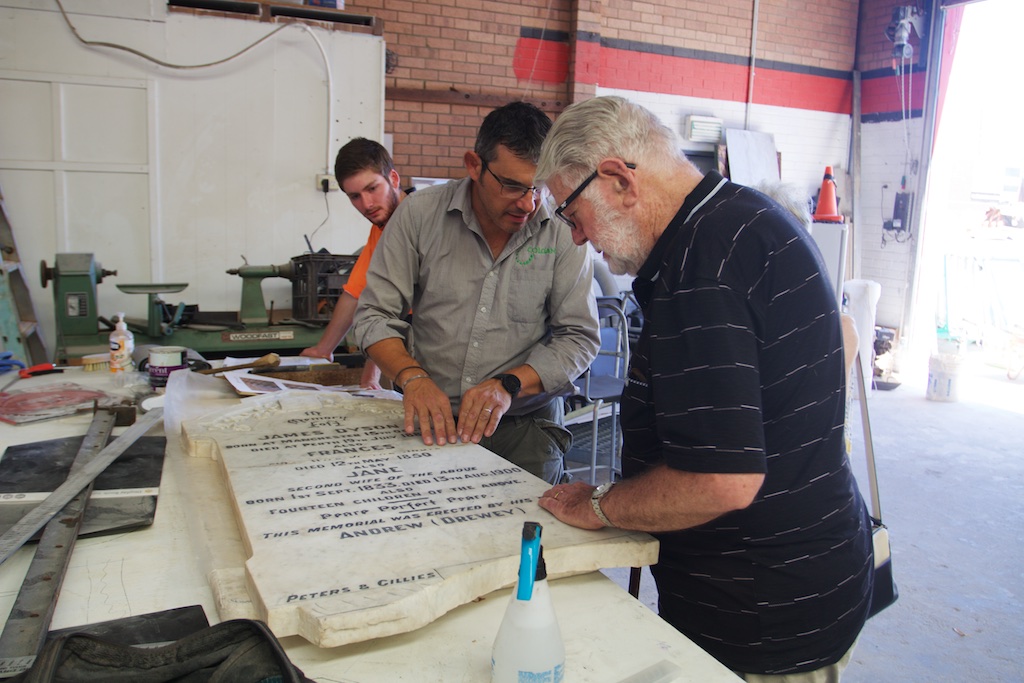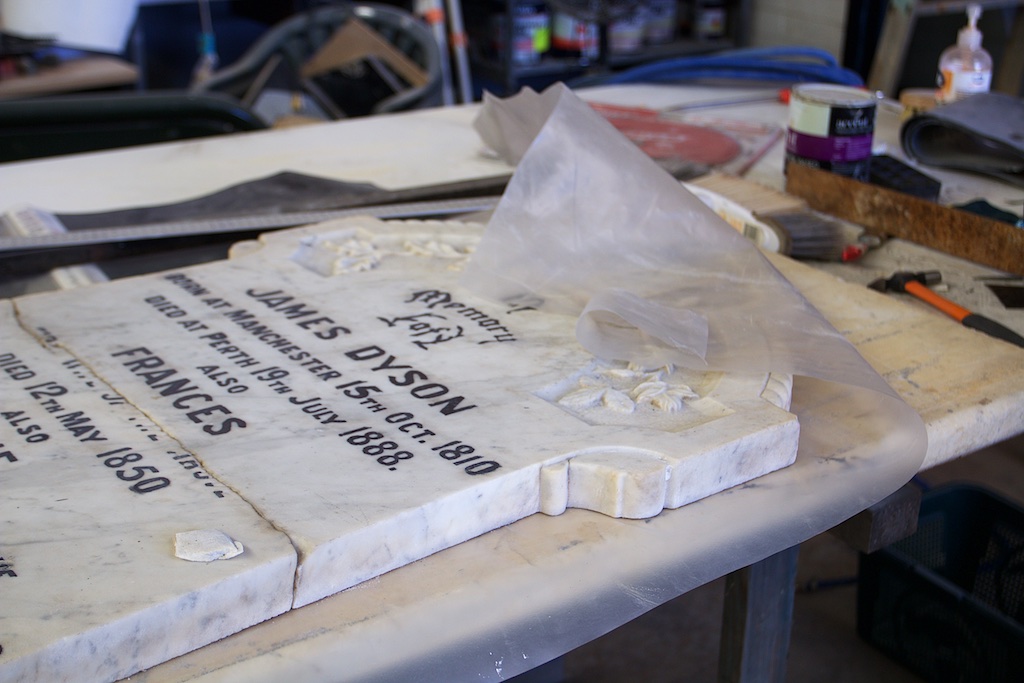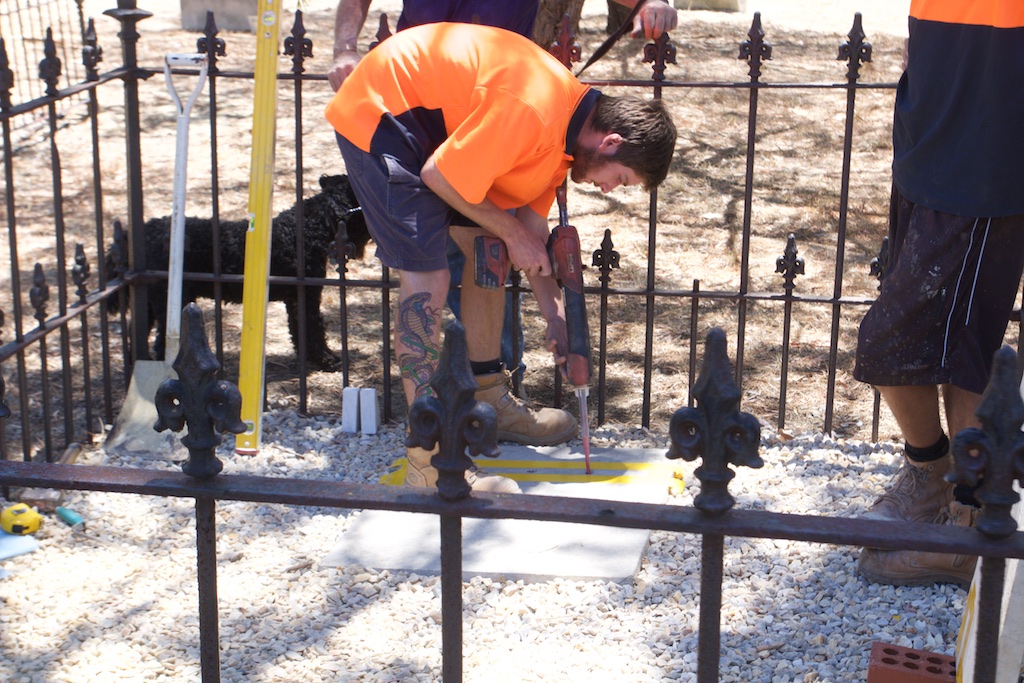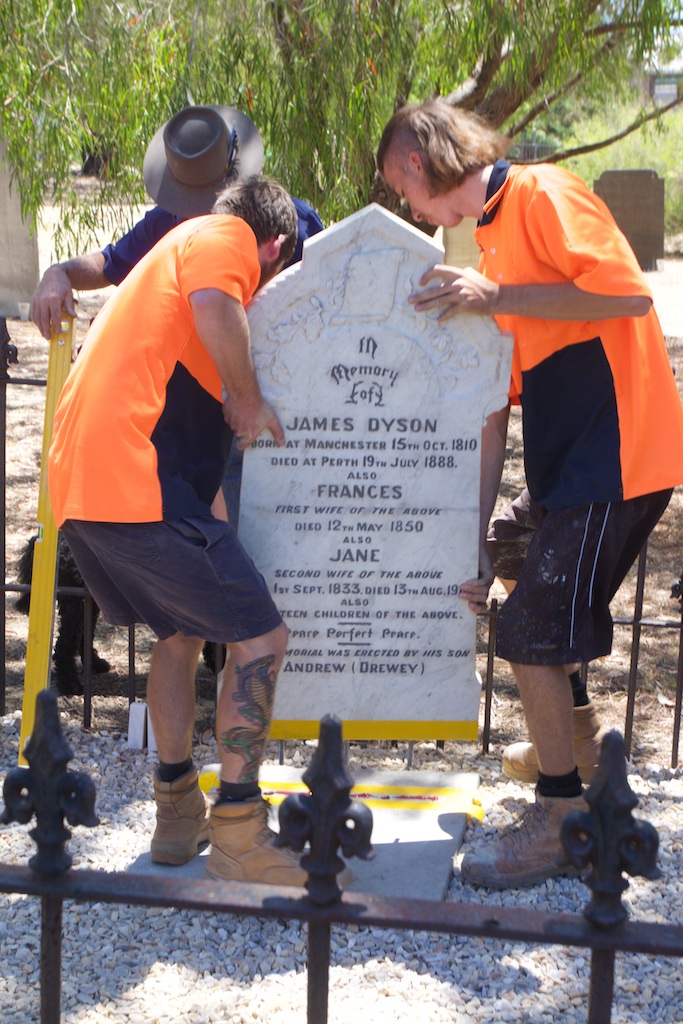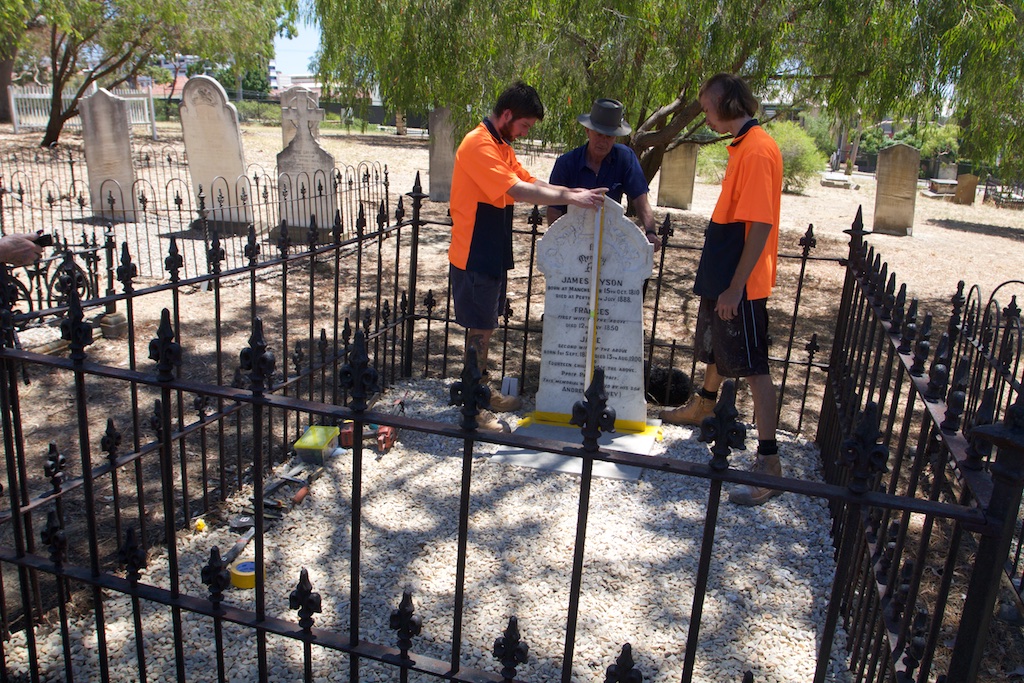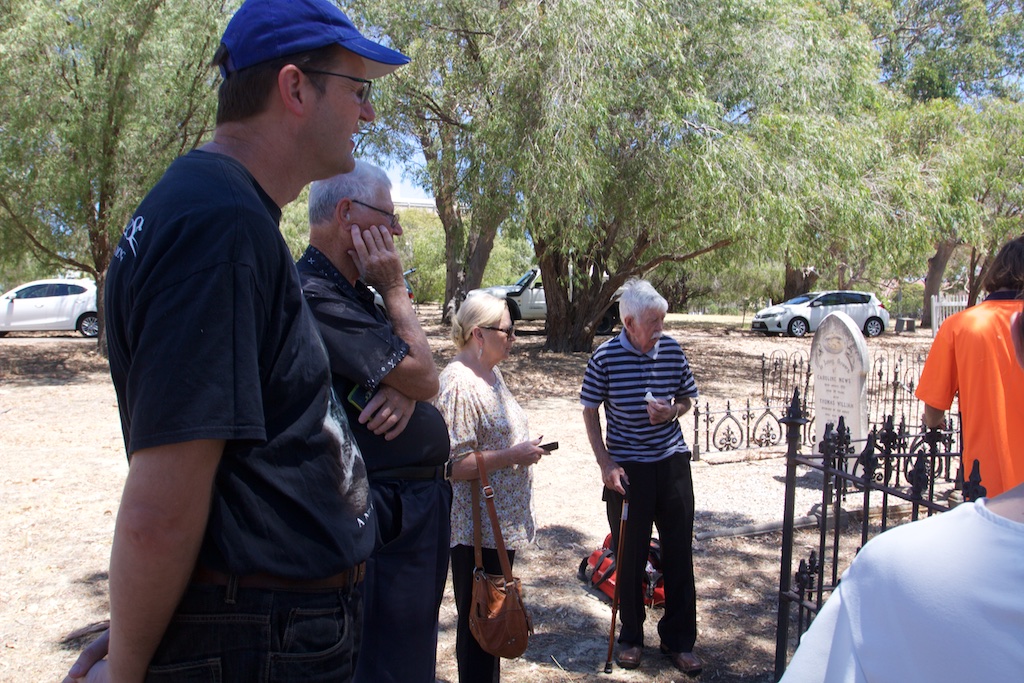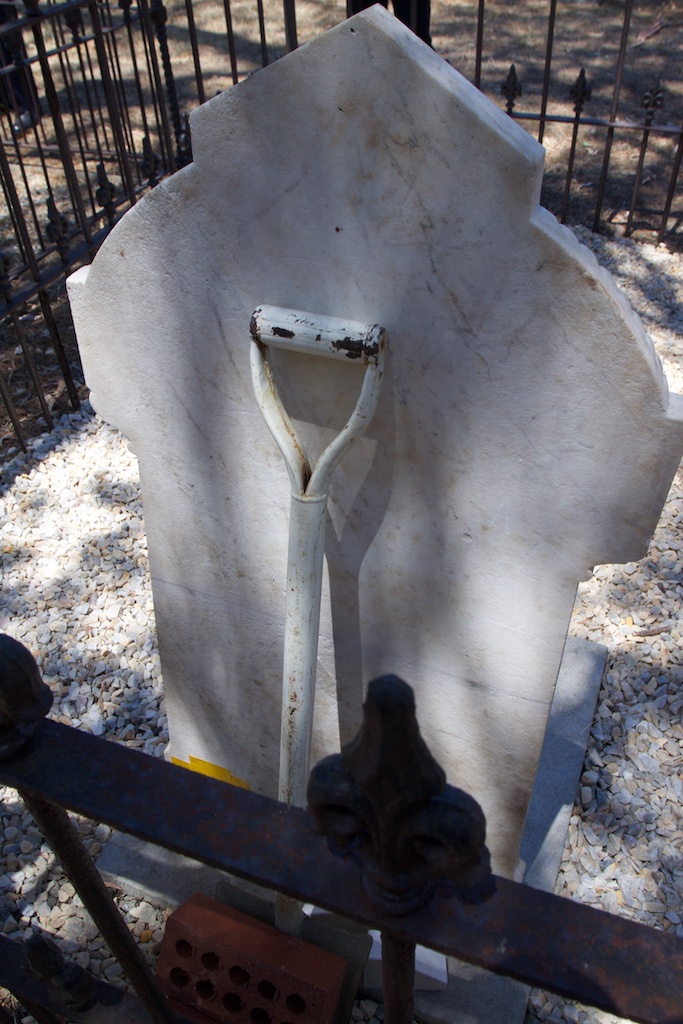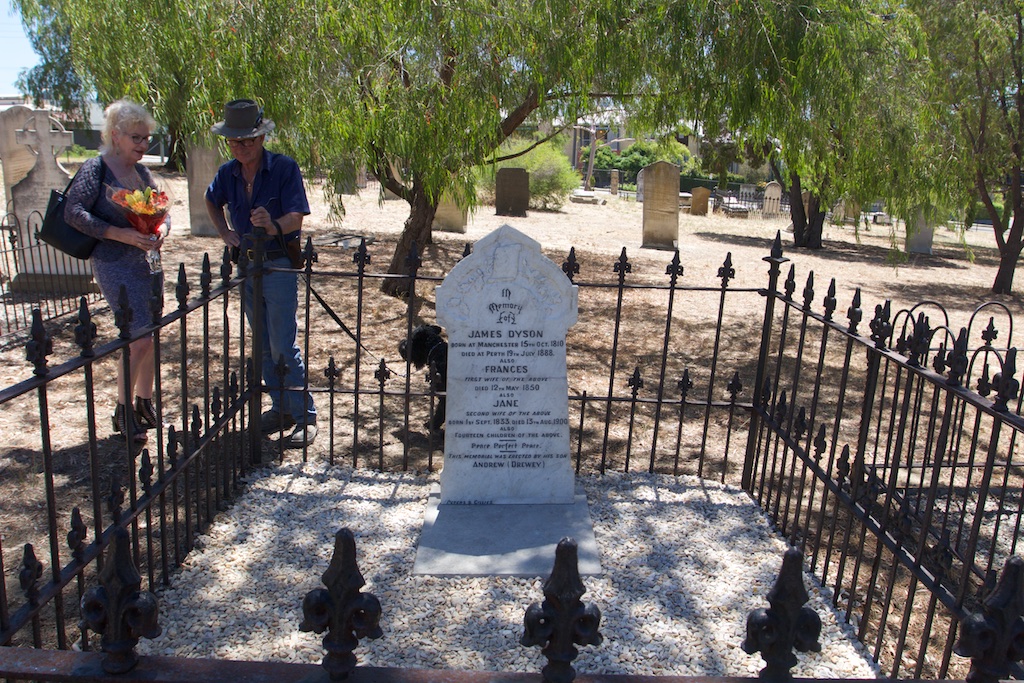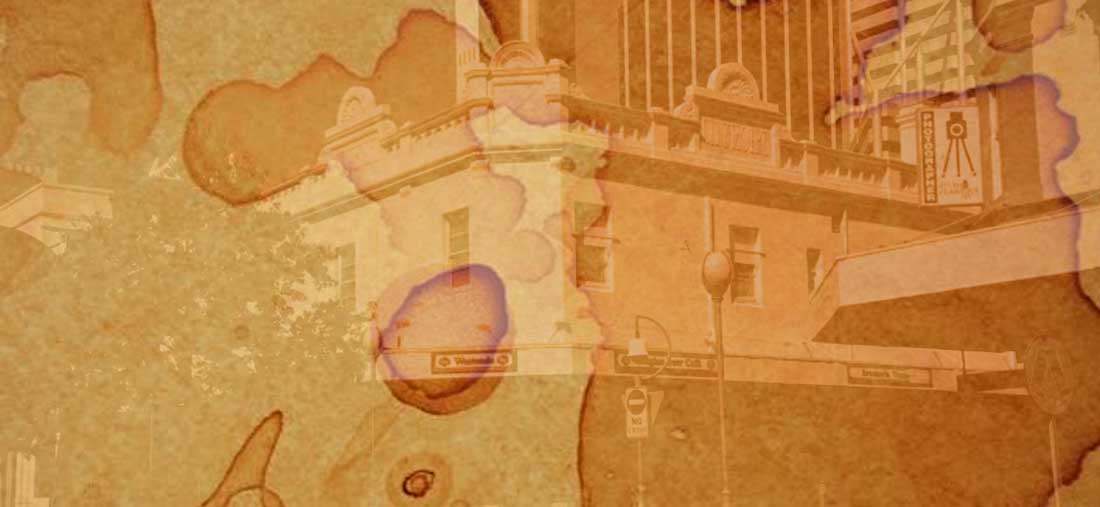The Dyson family grave site in East Perth Cemetery.

This is a 2022 sequel (of sorts) to the article On Cemetery Hill posted June 2018
Cemetery Hill in East Perth was the home of numerous discrete burial grounds for the occupants of the Perth settlement from the time it was set aside for that purpose in 1829 until its closure to fresh burials in 1916. Each of the grounds were — in theory — managed by various Christian religious sects or the representatives of certain ethnic minorities. In practice — who buried who/what/when was a free-for-all.
By the last decade of the nineteenth century — when the population of the city was suddenly swollen by those arriving on the coat-tails of the gold seekers, the rules of supply and demand ensured the profession of funeral director suddenly became an attractive one. Those best in a position to provide this unavoidable service were coach makers, wheelwrights, and those in associated trades. Not only had they the ready-to-go transport up the sandy road to Cemetery Hill, they could knock up the the coffins as well.

One such entrepreneur was Andrew “Drewy” Dyson, some time blacksmith, livery proprietor and coach builder. He would bury anyone, any denomination, any time,.. all for just £5. By the end of the boom he was broke…
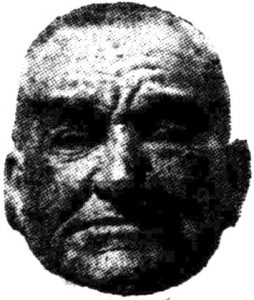
All joking aside, by 1900, after Mrs Jane Dyson — Drewy’s mother, and the last verified family member of the Dyson family buried in East Perth — died, Drewy was verifiably down on his luck. The debts were mounting. His mourning carriage and hearse were offered for sale early in 1899, so it is a fair assumption he was no longer in the funeral trade from that time.
PERTH LOCAL COURT.
The West Australian, 17 November 1899 p6
THURSDAY, NOVEMBER 16.
(Before Mr. J. Cowan, P.M.)
[…]
APPLICATIONS, ETC.—W.A. Produce Co. v. A. Dyson, motion for committal for non-compliance of judgment order, £2 instalments due ; order to issue for seven days’ imprisonment, warrant to lie for a fortnight.”
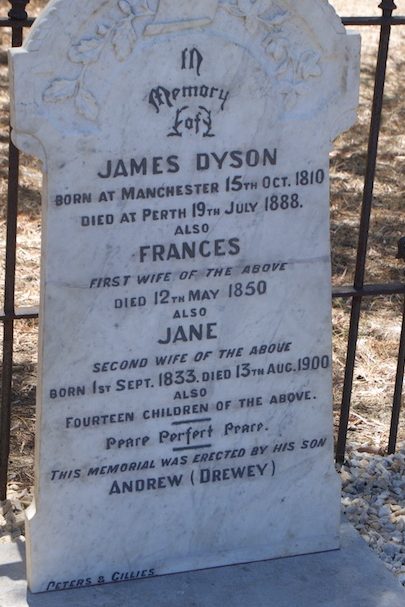
So how did he afford the headstone that commemorated the existence of his mother, father, and his father’s first wife? It was he who commissioned and paid for this monument, and we know this, because it says so on the inscription, and if he had not paid monumental masons Peters and Gillies for their work, the court action to recover the debt would have been in all the papers. Everything else Drewy Dyson ever said or did was reported in ridiculous detail at the time. E.g.:
Drewey Dyson, of the peculiar physical proportions, caused a commotion in Mounts’ Bay-road the other afternoon. He was swimming his horse in the river beyond the brewery, both he and the prad being in the altogether.
Sunday Times (Perth, WA : 1902 – 1954) Sunday 26 March 1905 p4
After the natatorial exercise; the horse was in better wind than the man, and when Drewey reached the bank he collapsed, all his efforts not availing him to assume the perpendicular. An alarm was given, and the brewery people, the old men from the depot, and the young people from Crawley quickly assembled to view what appeared in the dim religious light to be a stranded whale. When the case was accurately diagnosed, the blushes that illuminated the landscape of Crawley were such as have never previously been called up by the sight of any other kind of fish. Drewey gradually recovered.”
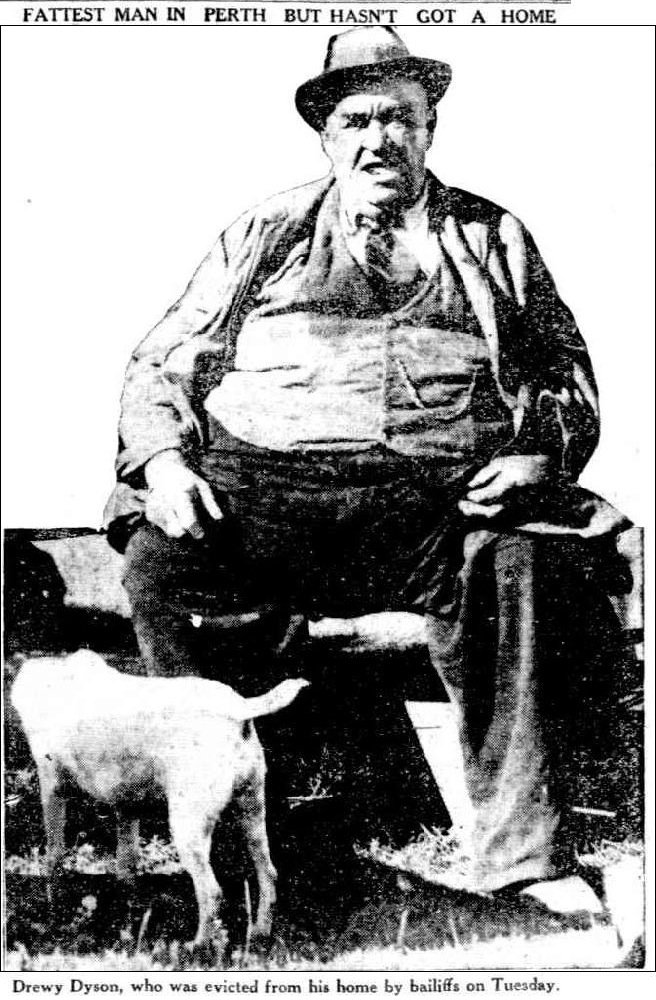
Andrew “Drewy” Dyson died on 17 April 1927. He was buried in the City’s replacement burial ground of Karrakatta Cemetery. If he was broke in 1900, he was positively destitute in 1927 — so it is probable he never had a headstone for himself. Even if he did, it would not have survived. This new official cemetery was a place of memory with a policy of “renewal” whereby the plots are respectfully bulldozed and headstones dumped in a skip (or at the very least stripped of any context) a few short years after interment. Thus it is a historical irony that it it is still possible to visit Drewy’s exact resting place. The name on the current headstone is not of he, but of his son, and that is the sole reason it survives.
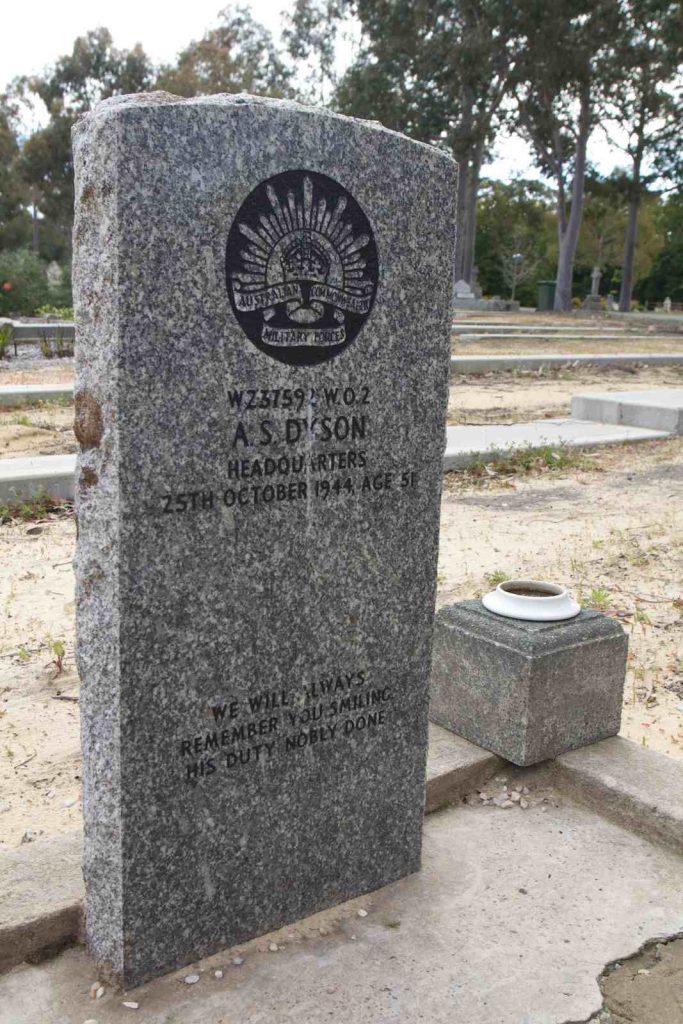
Some questions that could have been easily answered 100 years ago will, by the sheer entropy of time, be unanswerable today — Assuming that is, if there’s even enough information left to formulate a question. The quest to preserve one of the few tangible reminders of the Dyson family’s past in Western Australia would prove to be an opportunity not only to ask, but to answer some of these questions about the family grave site in East Perth. Not the the least of these questions has to be: How did it survive at all?
In the intervening 100 years or so since the East Perth Cemeteries were closed for new burials, responsibility for the maintenance of the monuments in the old burial grounds was vested in no-one. Bulldozers flattened large chunks of the site and any headstones found damaged were wilfully torn down and ground into rubble during the course of the twentieth century.
The degradation continued until the National Trust of Western Australia were finally permitted to assume control of what was left by the year 1994. Hundreds — if not thousands — of grave stones had by then been lost, and mediocre record keeping back when it was an active burial ground will ensure that many who lie in the entities of what is now collectively known as the East Perth Cemeteries will lie in anonymity for ever more.
Nevertheless, the Dyson family plot is one of the rare survivors. Maybe it is mostly intact because there was no one in authority to order its destruction.
Plot 75
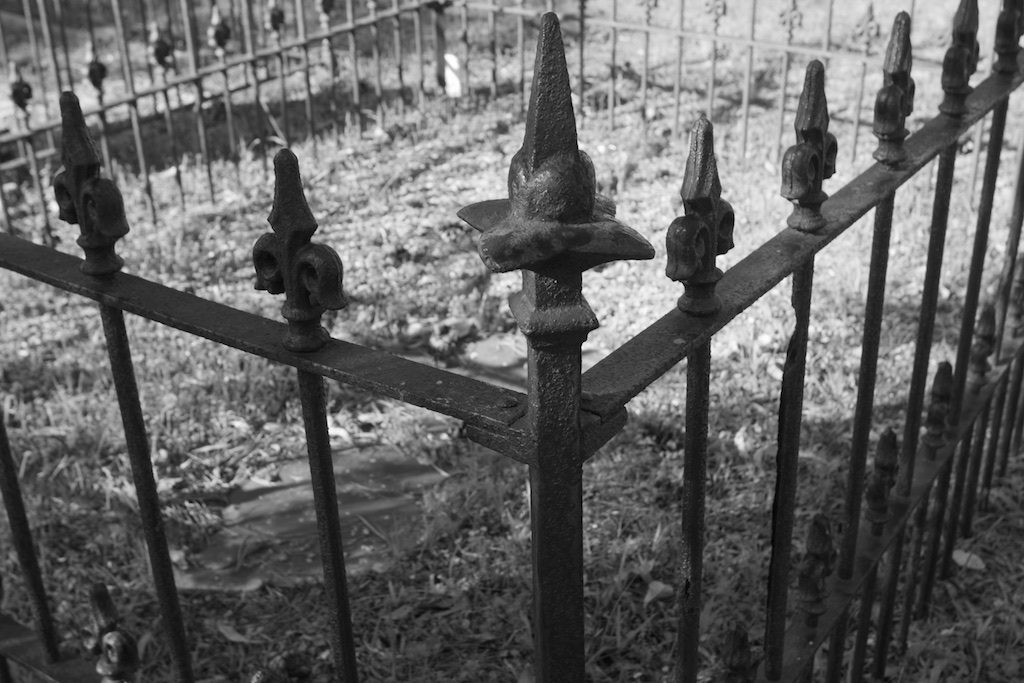
During the second decade of the twenty-first century, a number of descendents of those who lay in what had once been the Wesleyan Cemetery in East Perth — independently came to the realisation that one of the few physical reminders that their ancestors walked the earth was dissolving back into the earth at an accelerating pace. Photographs of the headstone taken over the past forty years illustrated a worrying trend.
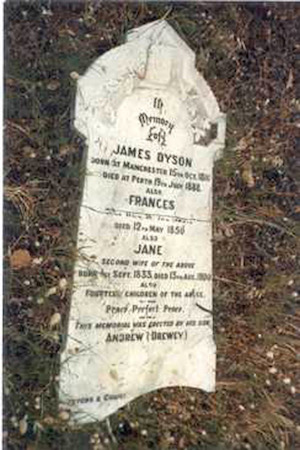
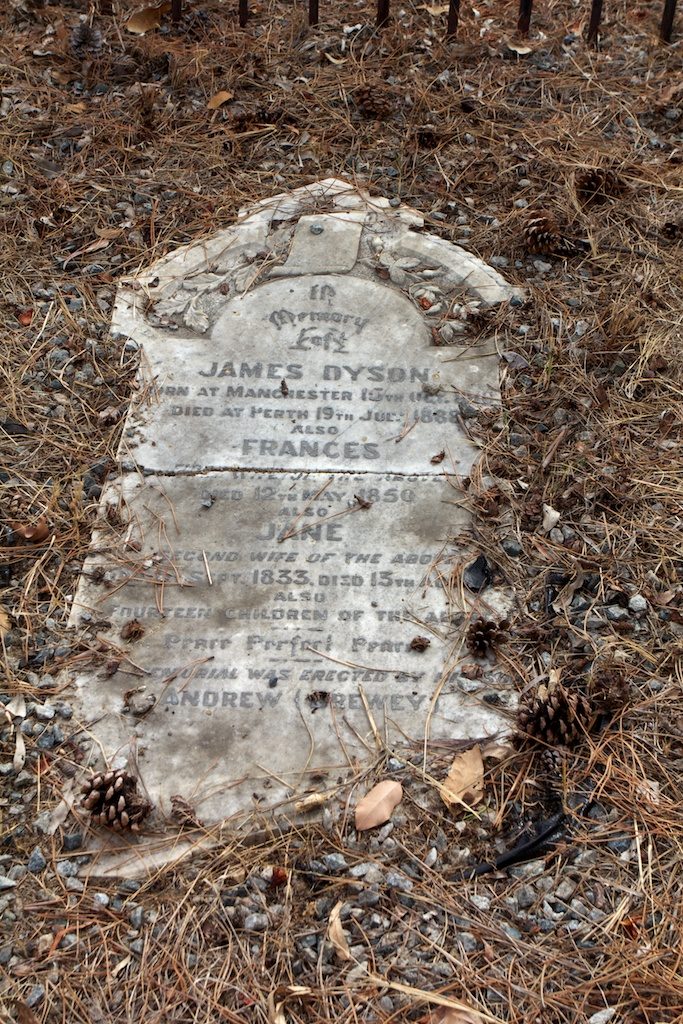
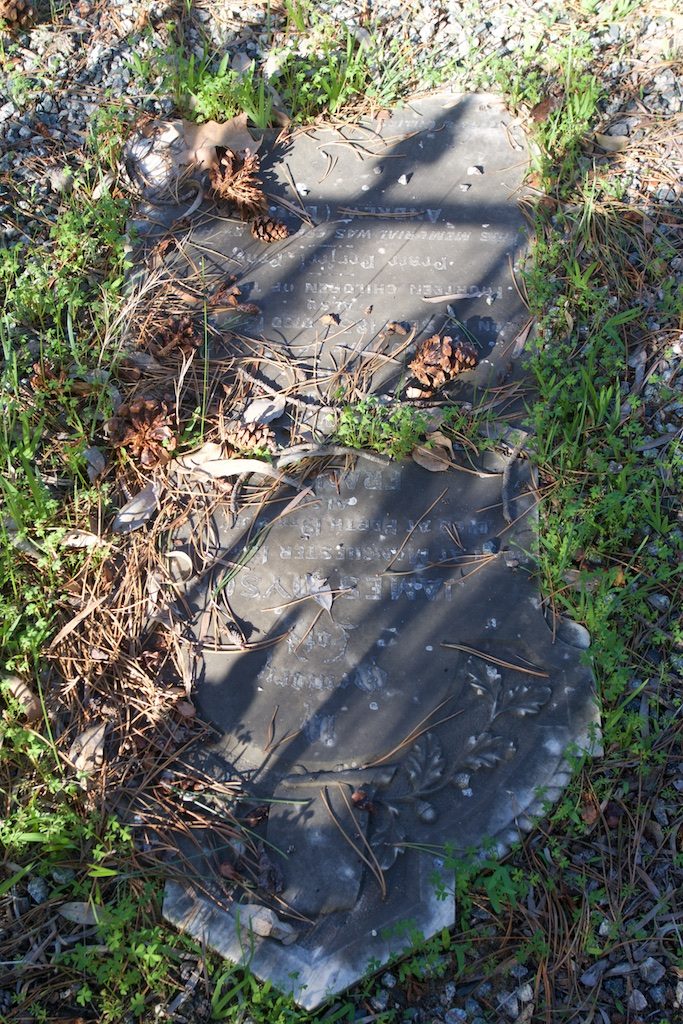
The National Trust WA’s website tells the story of what happened next:

Dyson grave restoration at East Perth Cemeteries

